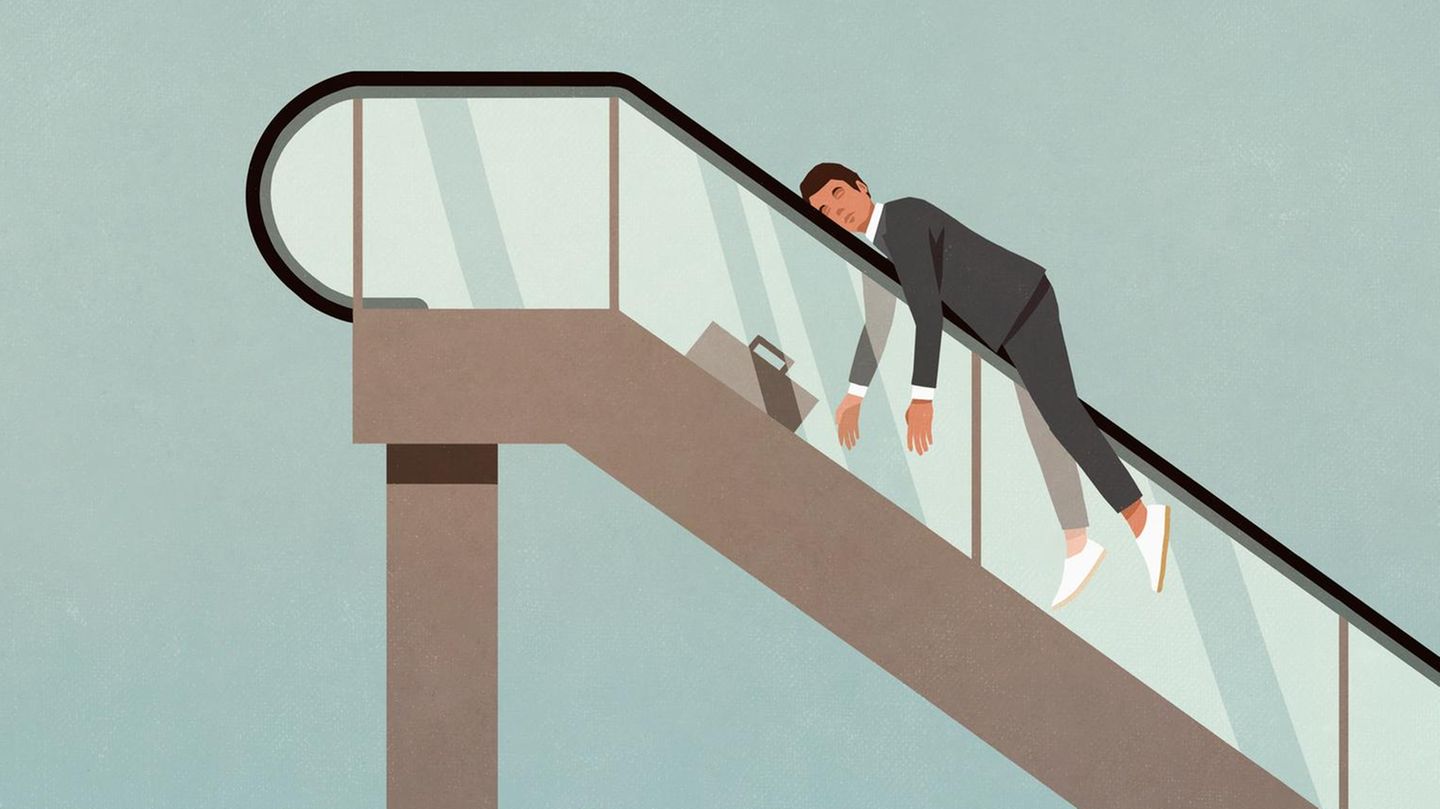Image: teutopress
In the course of the sharp rise in interest rates by the European Central Bank (ECB), savings products such as the classic building saver are becoming attractive again. According to an analysis by the comparison portal durchblicker, customers currently receive a fixed rate of three percent or more for a home savings contract for the first 12 months. After that, variable interest rates of up to 4.25 percent are possible. Even for savings deposits with a one-year commitment, interest rates of up to 3 percent are currently possible.
According to durchblicker, this is around a third more than six months ago. Accordingly, the demand for building savers and savings accounts is also increasing significantly. In January, three times as many home savings contracts and six times as many savings contracts were concluded via the portal as in January of the previous year.
The trend towards home savings should continue
The Raiffeisen Bausparkasse also recorded a significant influx of customers. The number of new home savings contracts almost doubled at the beginning of the year, managing director Christian Vallant told the “Salzburger Nachrichten” on Thursday. Vallant expects the trend towards home savings to continue in 2023. He also assumes that interest rates are here to stay – even if key interest rates should fall again somewhat in the medium term.
Last year, Raiffeisen Bausparkasse granted financing of EUR 2.1 billion, which was EUR 600 million more than in 2021 and the highest volume in the history of the institute. A total of 200,000 new home savings contracts were concluded, said the Raiffeisen building society in a broadcast on Thursday.
Room for improvement in savings interest rates
Martin Spona, Head of Consumer Finance at durchblicker, believes that there is still room for improvement in savings interest rates in the coming months – especially against the background of the ECB’s next key rate hike expected today, Thursday. Spona therefore advises against longer-term commitments in savings contracts.
Although savings products are making money again thanks to the ECB interest rate hikes, the downside of the rising interest rates is that the costs of borrowing are also rising. According to Durchblicker, at least 3 percent of interest is currently to be paid for a variable-rate home loan. This means that real estate loans with variable interest rates have become more expensive by half since the end of the year.
In the case of fixed-interest loans, on the other hand, the conditions have improved somewhat. For a fixed-interest home loan with a term of 20 years, the interest rate would currently be at least 3.45 percent. According to Andreas Ederer from durchblicker, the more attractive conditions are a reaction to the declining demand for real estate loans. Because fewer and fewer households could afford a home loan in the current environment and “this trend will continue in 2023,” says Ederer.
more from economy




